Why Athletes Face Early Androgenic Alopecia: Testosterone, Sweat & Helmet Friction Explained
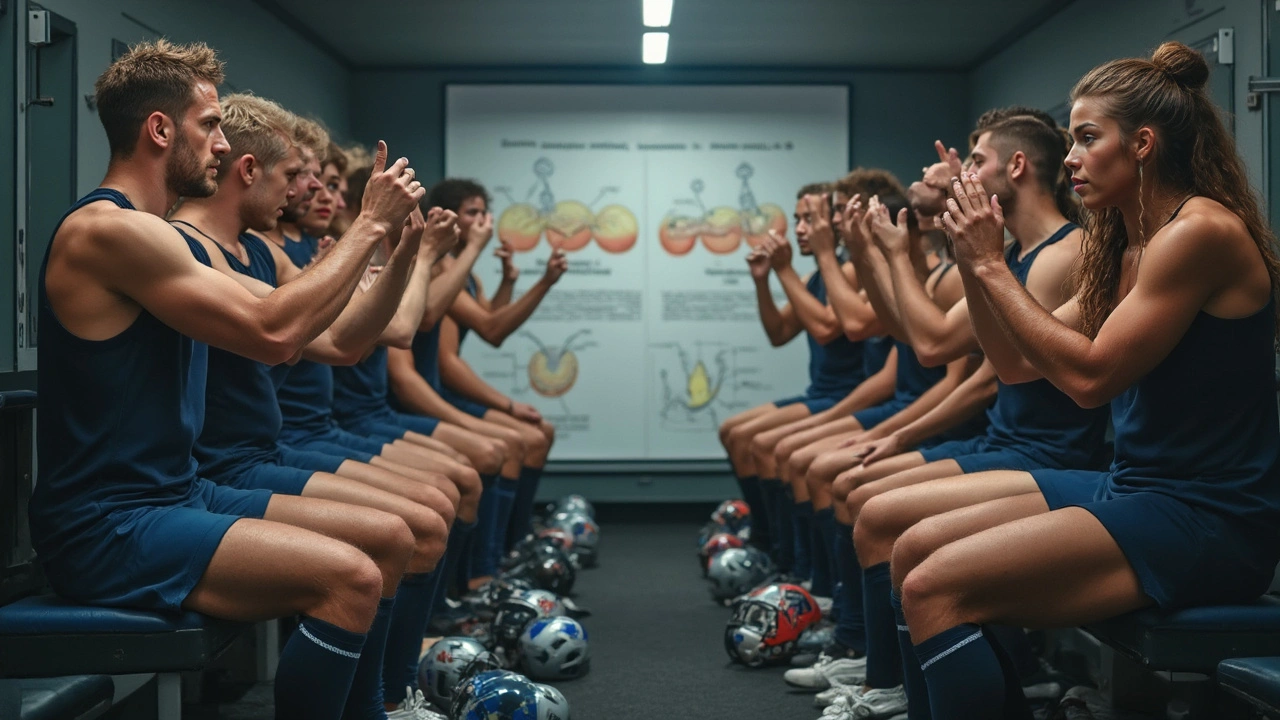
Bunch of teenage swimmers at the local pool, all with thick manes, pushing each other into the water. Fast-forward a single decade, it’s those who chased peak performance who notice a creeping hairline first. It just seems unfair—work out harder, lose your hair sooner. And yet, step inside any professional locker room and you’ll spot the pattern: receding hairlines among those who hit the gym or track every day. There’s a solid reason behind it, and it’s a mix of testosterone, sweat, and even the friction from protective gear. Now, let’s really unpack why athletes—whether you’re a rugby bruiser, cyclist, or powerlifter—might watch their hair thin well before the average bloke.
The Science of Testosterone Metabolism and Hair Loss
Here’s where the story starts for androgenic alopecia. Testosterone isn’t just a hormone whispered about in gym circles—it’s the real star player for muscle, energy, and, yes, hair loss. The issue is with a sneaky enzyme called 5-alpha reductase. In your body, this enzyme converts testosterone into dihydrotestosterone (DHT). DHT binds to hair follicles on the scalp and, for those genetically sensitive, signals them to shrink, thin, and eventually stop growing hair.
Some guys, especially those with a genetic tendency (it runs in families), have more of those DHT-sensitive hair follicles. But here’s the kicker—competitive athletes usually have naturally high testosterone, and some even boost it through intense training. More exercise, more testosterone, more DHT—see where this is going? Athletes with high-output training schedules can churn out higher DHT levels, especially after resistance workouts or interval sprints. A 2021 study with over 400 participants showed that male athletes, even those in their 20s, had up to 18% greater circulating DHT than their less-active peers—impressive for muscle, but your scalp pays the price.
Fun fact: Not every hair follicle is equally sensitive. That’s why most androgenic alopecia starts with the temples and crown, not the back of your head. What determines this? Pure genetics—thanks, mum and dad. If you’ve seen older generations in your family with a baseball cap suntan, the writing is on the wall for your own follicles.
But don’t start cursing testosterone just yet. It’s vital for bone density, muscle strength, mood, and even heart health. The key issue is overexposure at the follicle level, which is why treatments like finasteride work by blocking conversion to DHT. Still, you can’t stop training hard, so athletes are a bit trapped in this paradox.
Sweat, Scalp Health, and Your Follicles
Ever noticed how some athletes have that perpetual sweaty scalp? Sweat cools you off and flushes out toxins. But for your scalp, rivers of sweat day after day mean a consistently moist environment. And while that might sound harmless, it creates a perfect breeding ground for yeast like Malassezia and bacteria. Extended dampness breaks down the skin’s protective layer, making it more prone to inflammation, itching, and those tiny red bumps you sometimes feel after a long session with a sweatband.
Where’s the link with hair loss? Inflammation. Chronic irritation on the scalp triggers the immune system, which can accelerate the miniaturization process of androgenic alopecia. Sebum (that's oil produced by your scalp) also increases under stress and heat, mixing with sweat to clog hair follicles, damaging their function.
If you think, 'That’s just occasional sweat, no big deal,' check this out: Soccer players and rugby forwards have been reported to sweat twice as much from the scalp as non-athletes, and that’s before you throw in the extra oils and stress. It’s like putting your follicles in a hostile environment day in, day out.
So, what can athletes do? Showering after workouts seems obvious, but don’t use harsh shampoos every time—your scalp’s natural barrier matters. Aim for gentle cleansing and ensure you dry your hair thoroughly, since leaving it damp encourages yeast growth.
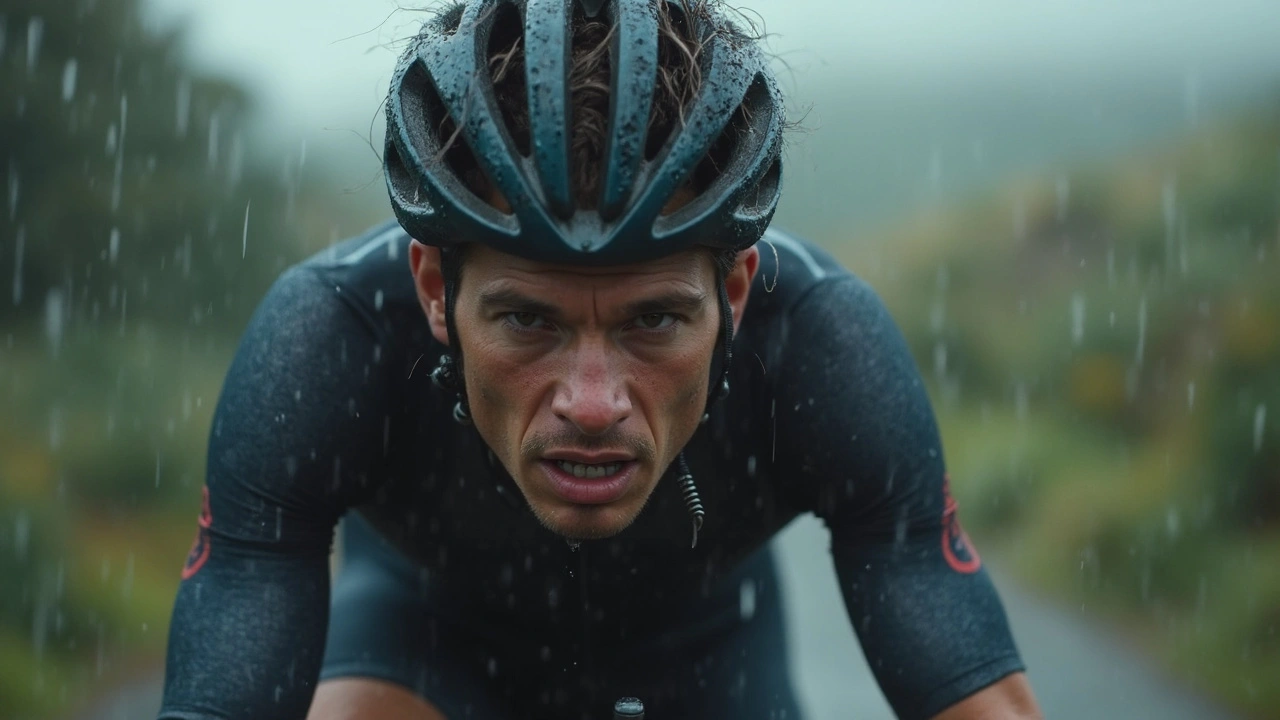
Helmet Friction, Caps, and Physical Stress on Hair
Let’s talk gear, because it’s not just biochemical—it’s brutally physical. Helmets, tight swim caps, sweatbands, cycling hats, wrestling headgear—they all hug your scalp, especially around the sensitive frontal hairline and crown. During a workout, all that movement causes friction with every rep, run, or contact on the field.
Imagine this: Each time you take off a helmet after a sweaty bike ride, look at the hair left behind in the lining. Now multiply that by three sessions a week over several years. That’s microtrauma—constant rubbing weakens the hair shaft, pulls at roots, and triggers what’s called traction alopecia. Pair that with an already DHT-sensitive scalp, and those follicles become even more likely to call it quits early.
This is especially rough for athletes in contact sports or cycling, where regulations demand head protection. In a survey of 150 competitive cyclists in Australia last year, 60% noticed significant thinning around the helmet line, with half reporting actual bald patches. Rugby headgear, wrestling mats, and even swim cap elastic can do the same, especially if you reuse old, stretched, or unwashed gear that hardens and rubs more with time.
Quick tip: If your sport requires headgear, alternate between different types/brands, clean gear often, and adjust fitting to allow a little movement without excess slip. A tiny gap can make a surprising difference for scalp health. For sports like swimming, switching between latex and silicone caps can ease pressure points. And, as wild as it sounds, lubricating tight helmet bands with a dab of leave-in conditioner helps cut friction—share that one at your next training session.
Keeping Your Hair: Tips and Solutions for Athletes
No need to pick between medals and a full head of hair. Here’s the lowdown on what actually works. The single biggest factor is managing what happens both inside and on top of your scalp.
- If you know androgenic alopecia runs in your family, chat with a sports-related dermatologist early, before hair loss is obvious. Prevention always beats reversal.
- Consider treatments that block DHT, like finasteride or minoxidil, but remember these have pros and cons—athletes under certain doping regulations need to check if medications are permitted.
- Wash your scalp after every session, but steer clear of aggressive, clarifying shampoos multiple times per day. A gentle sulfate-free formula and the occasional anti-fungal shampoo (like ketoconazole) once a week is a smart combo, especially if you're sweating daily.
- Always dry your hair, especially under the helmet line—don’t just air-dry and run. Microfiber towels do wonders. Excess moisture weakens hair structure.
- Avoid tying your hair tight or using abrasive towels. Cotton pillowcases are gentler, too.
- Upgrade your gear often: Old helmets, sweatbands, and caps are rougher on the scalp. Modern designs also vent better, helping sweat evaporate instead of pooling.
- Diet matters more than you think. Zinc, biotin, vitamin D, and iron deficiencies make hair loss worse. Don’t skip real food for supplements alone—dark leafy greens, lean meats, and seeds should be in the mix.
- Manage stress—training is physical stress, but chronic mental stress jacks cortisol, speeding up hair issues.
- Try scalp massages. They sound silly, but they boost local blood flow, which helps with nutrient delivery and might slow loss over years. Grab a good scalp brush or just use your fingers with light circular pressure.
Table: Athlete Hair Loss Risk Factors
| Factor | Impact on Hair Loss | Tips |
|---|---|---|
| High Testosterone/DHT | Accelerates miniaturization in sensitive follicles | Early intervention, DHT blockers |
| Sweat & Heat | Promotes inflammation, yeast/bacteria growth, clogging follicles | Gentle cleansing, anti-fungal shampoo, keep scalp dry |
| Helmet & Cap Friction | Traction alopecia, microtrauma | Alternate/upgrade headgear, use lubricants, adjust fit |
| Genetics | Determines DHT sensitivity, loss pattern | Early action, family history awareness |
| Poor Nutrition & Stress | Weakens hair, speeds up loss | Balanced diet, stress control |
For the curious or worried, there’s a genuinely helpful breakdown covering solutions and science behind alopecia in athletes, with extra tips for both prevention and treatment options that work for everyday folks—not just pros.
So, next time someone jokes about the “bald athlete curse,” you’ll know it’s not just folklore. It’s biology, daily habits, and sometimes a bad helmet or towel routine. Taking small steps early – the kind most guys ignore until it’s too late – is the best move. Keeping your hair isn’t about ducking hard workouts or living fearfully, but playing smarter with your biology. If blokes in your gym are talking about thickening shampoos, chances are, they’ve noticed the same thing: strong bodies, sensitive scalps. Bit of a trade-off, but you don’t have to settle for one or the other anymore.

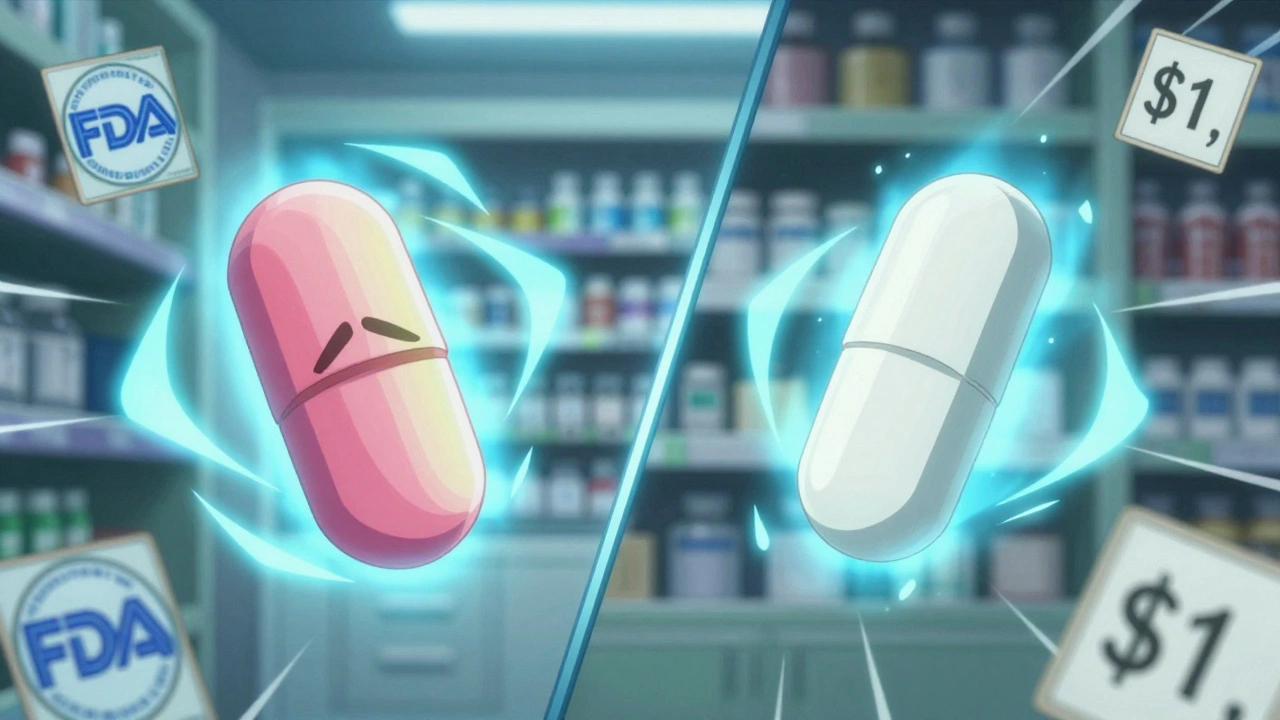
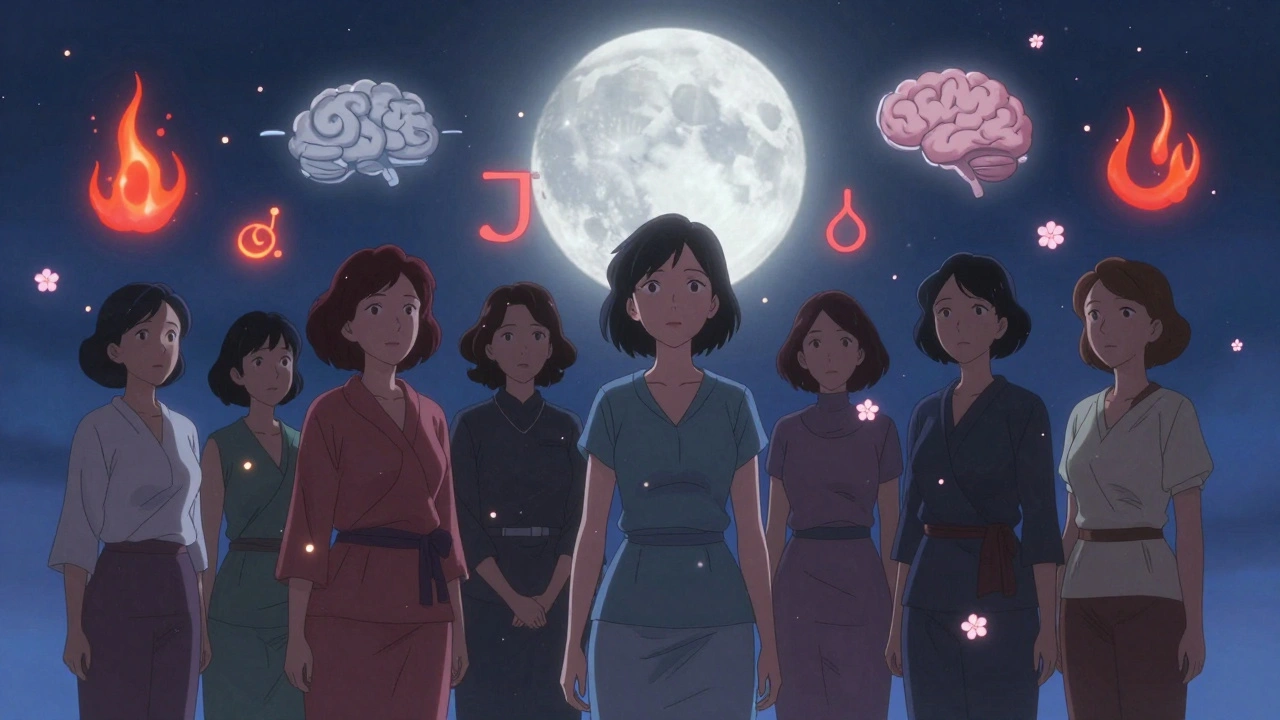
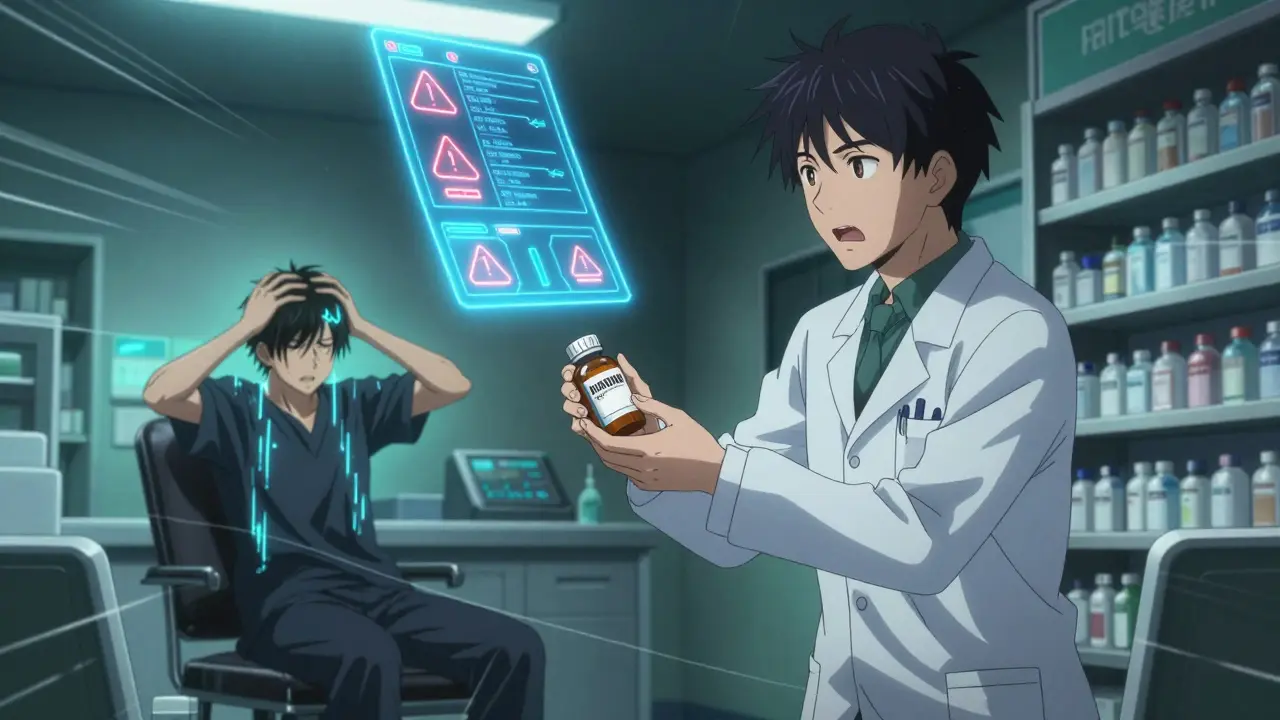
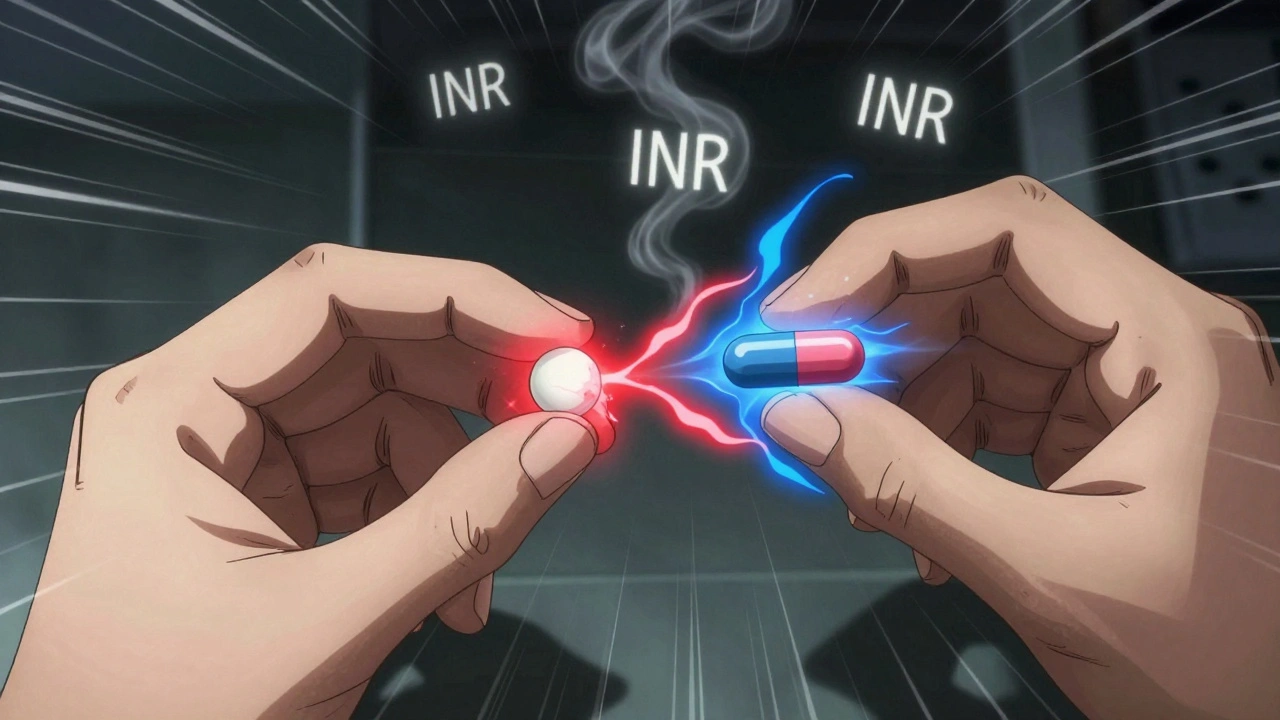
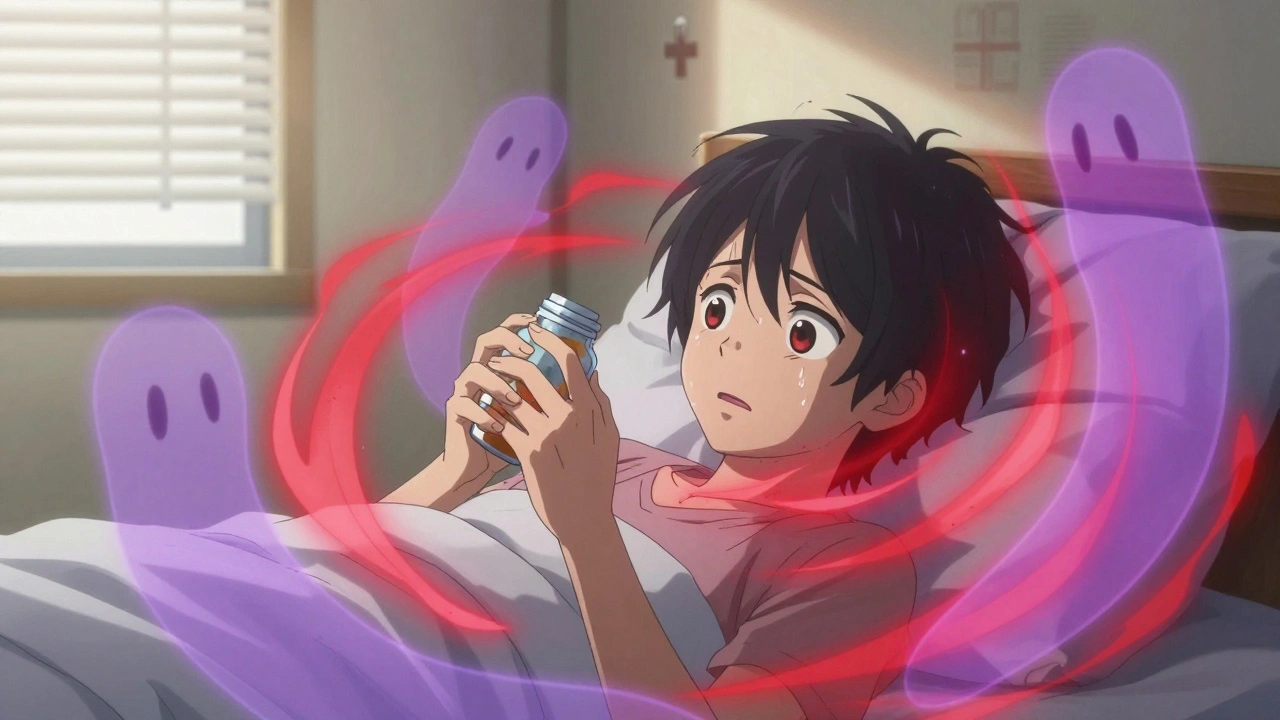
Comments
Matt Stone
July 18, 2025 AT 06:47Honestly, it makes sense at some level that athletes might face early androgenic alopecia, but I feel like the article is oversimplifying the role of testosterone metabolism here. Testosterone is a complex hormone, and its role in hair loss isn't just about levels but also how sensitive your follicles are to DHT, a derivative.
Helmet friction and sweat might contribute somewhat, but those seem like minor factors compared to genetics and hormone sensitivity. I also wonder if the article discussed if different sports show different prevalence based on equipment worn.
I'd appreciate it if the discussion included whether there are preventative strategies specifically addressing friction or scalp hygiene, apart from the usual stuff people say about hair loss.
Steven Macy
July 18, 2025 AT 18:02I really appreciate how this article tries to bridge the gap between common perceptions and scientific explanations. It's true athletes are generally seen as healthy, but it doesn't mean they're immune to issues like alopecia. Sometimes, the very traits that make someone athletic—like higher testosterone—can have side effects.
The points about sweat causing buildup and helmet friction make intuitive sense, especially since these are not often discussed in mainstream hair loss conversations. I’d be curious to know more about how significant each factor is quantitatively though.
Also, the practical advice at the end sounds promising for athletes who want to mitigate the risk without giving up their passion. Overall, good article for raising awareness.
Jessica Martins
July 20, 2025 AT 13:28Thanks for sharing this insightful article! I think it’s crucial that athletes understand all these contributing factors to hair loss. Sweat and helmet friction are things we don’t often consider, yet they put direct physical stress on the scalp.
Sometimes, taking care of your scalp hygiene and choosing breathable helmets can reduce some of these risks. Also, it might help to moisturize the scalp to prevent dryness caused by sweat and irritation from friction.
Since androgenic alopecia also has a strong genetic component, combining these practical steps with medical advice is probably the best route.
Marcella Kennedy
July 23, 2025 AT 13:28This topic hits close to home, especially with so many young athletes unknowingly battling hair loss early. What stood out to me was the holistic approach the article took to explain how different factors—biological, mechanical, and environmental—all converge. It's often tempting to blame just genetics, but clearly, lifestyle and habits play huge parts too.
One thing I'd love to see more discussion around is mental health support for athletes facing alopecia. The psychological impact can be huge, and acknowledging it openly helps reduce stigma. Plus, some of the tips mentioned, like scalp massages and gentle cleansing routines, can double as self-care practices that foster well-being.
In any case, articles like this are important to get the conversation rolling beyond typical hair loss forums.
Akshay Pure
July 25, 2025 AT 12:28Frankly, I find it a bit naive to say that helmet friction and sweat are anything more than trivial contributors to hair loss in athletes. Most people dealing with androgenic alopecia are confronting the dominance of DHT and genetic predisposition, which are immutable factors.
Sure, scalp irritation is uncomfortable, but it isn’t the real culprit for early balding in high-testosterone men. Articles need to avoid sensationalizing minor causes just to attract clicks. Instead, focus on cutting-edge treatments and proven medical interventions.
After all, if helmets and sweat caused baldness so directly, wouldn't rugby players be completely bald by age 30 everywhere? I think there's a lack of nuance here.
Gayatri Potdar
July 29, 2025 AT 21:48Ugh, it's always the same with this hair loss BS, isn't it? They blame sweat and helmets to distract you from the big pharma pushing hair drugs that actually mess with your hormones even worse! I bet those stats are cooked to keep you paranoid about every little thing your scalp touches.
Mark my words, athletes losing hair is just another way the system controls you through your body image, making you insecure enough to buy their products. Sweat and friction? Pfft. That's just a smokescreen. And genetically? Please, this whole thing smells like a cover-up for actual pollution and toxins seeping through your gear and environment.
Wake up people, it's not natural. It's engineered. And the sooner you question that, the better.
Alan Whittaker
August 5, 2025 AT 01:22To build on the conspiracy point raised, one cannot ignore the role of toxic sports equipment manufacturers who design helmets and gear that subtly degrade hair follicles using synthetic polymers combined with metals. It’s not sweat or testosterone alone but chemically induced follicle exhaustion.
The so-called "helmet friction" is a simplified term masking intensive micro-particle abrasion combined with unresolved chemical exposure. These are the hidden dangers deliberately ignored in mainstream journals.
Moreover, the structure of testosterone metabolism in athletes is vastly different due to doping substances and supplements, massively skewing the androgenic pathway. This isn’t your average genetic fate; it's manufactured decline.
Robyn Chowdhury
August 8, 2025 AT 07:25Honestly, reading all these differing opinions makes me wish for a more grounded debate 🧐. Like, yes, genetics is no doubt a key factor, but I am fascinated by how much our environment, habits, and maybe even personal stress contribute.
Though I don't support conspiracy theories, I'd want evidence about these chemical and industrial claims before buying into them.
I appreciate the article's effort informing athletes about practical hair care methods because knowledge empowers better choices, not fear.
Also, throwing in a couple of emojis here feels right 😉💪
Kevin Cahuana
August 11, 2025 AT 16:15Gotta say, as someone who coaches athletes, I find this topic incredibly relevant but often overlooked. Hair loss affects confidence and can indirectly impact performance.
What I'd add is a reminder that managing scalp health is as important as diet and physical conditioning. Sweat can clog pores leading to follicle inflammation, and the relentless friction from helmets physically stresses hair shafts. Targeted hygiene routines and using helmets lined with softer materials or moisture-wicking linings help a lot.
Also, consulting with sports dermatologists could offer customized solutions combining medical options with lifestyle adjustments.
Jessica Martins
August 14, 2025 AT 22:18Adding to what the coach just said, I think education around hair loss prevention should be part of athlete training programs. It's surprising how many ignore the signs until it's too late to reverse or slow down the process.
Proper helmet hygiene alone can reduce sweat accumulation and bacterial growth drastically. Also, encouraging breaks where helmets are removed during downtime allows the scalp to breathe, which is often underestimated.
Sometimes, small changes like these can delay androgenic alopecia onset and improve overall scalp comfort.
Marcella Kennedy
August 16, 2025 AT 20:58Absolutely agree, it’s about creating awareness that hair care is just as integral to athlete wellness as training schedules. Preventive measures need to be normalized and destigmatized so no one feels ashamed to prioritize scalp health.
Also, mental health support must accompany these physical health tips because hair loss impacts self-esteem. Being proactive with hair care routines, helmet choice, and emotional support creates a holistic approach that transcends just the scientific explanations.
We need more articles and community conversations like this to make real progress.